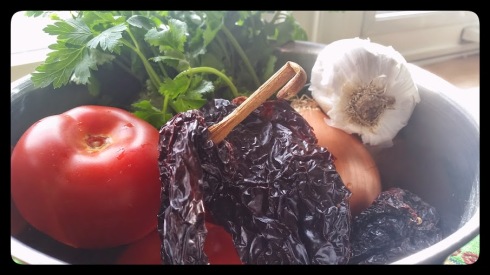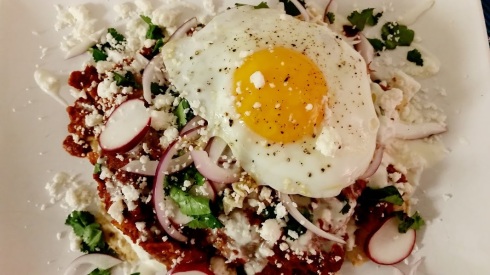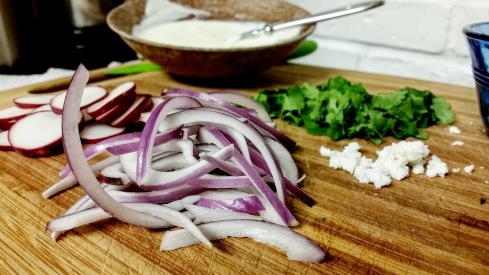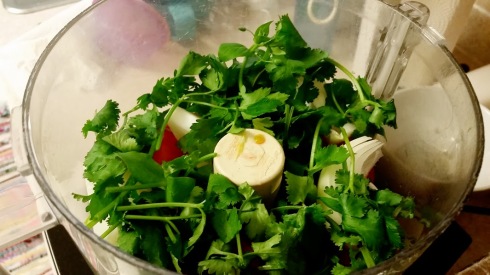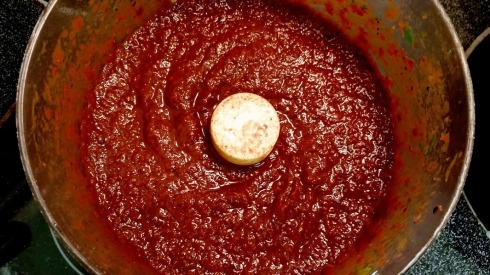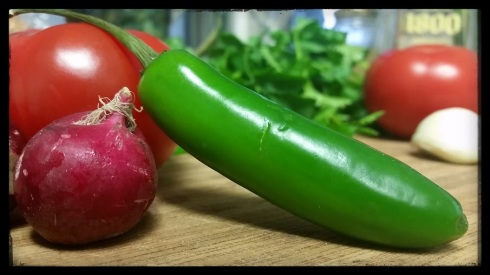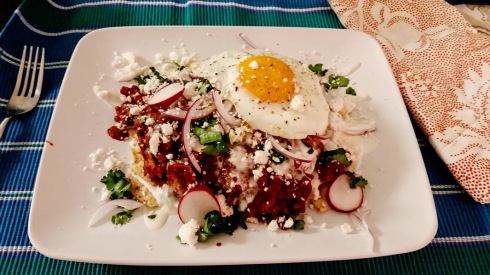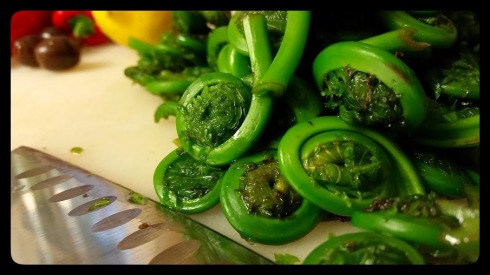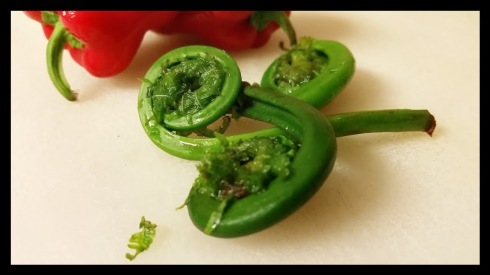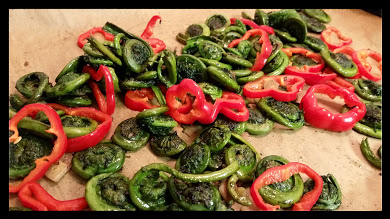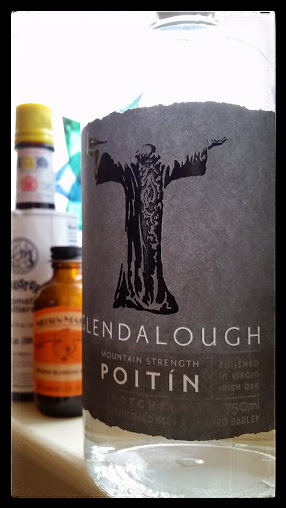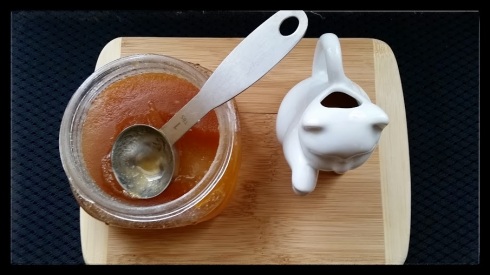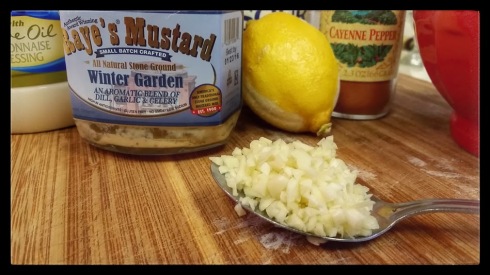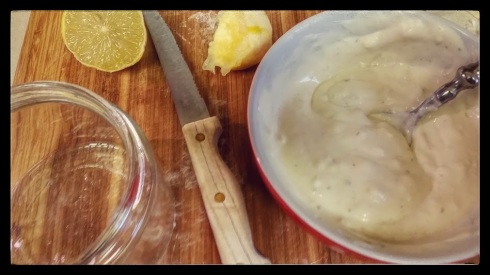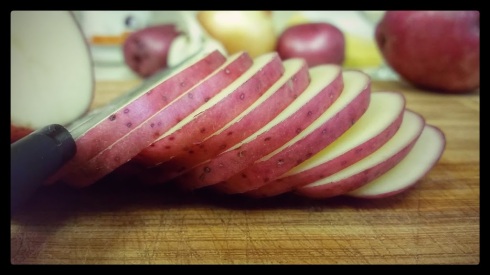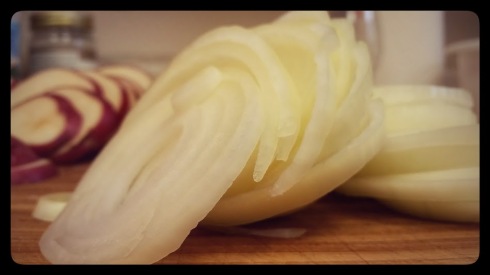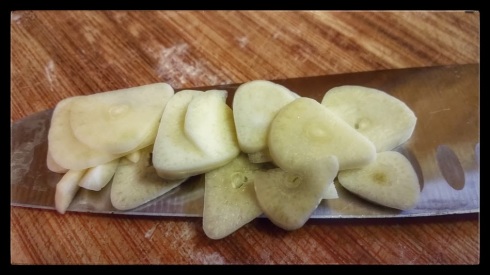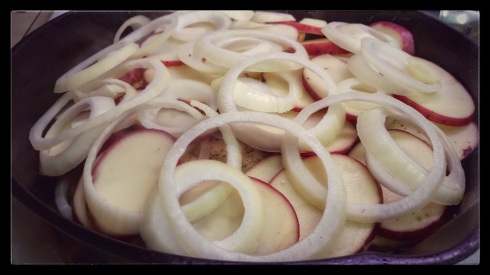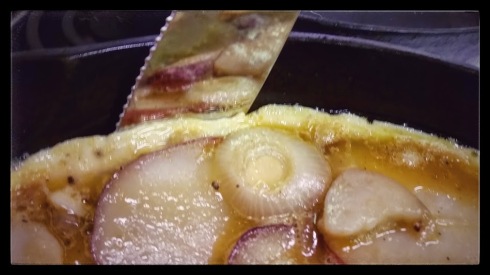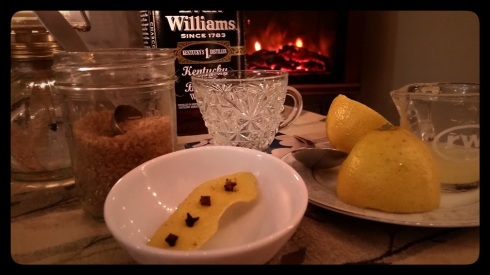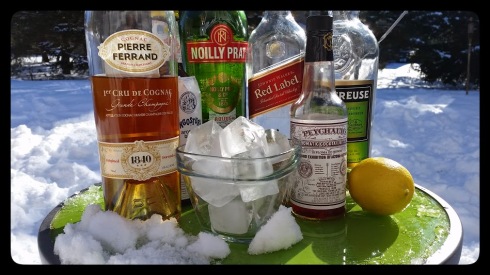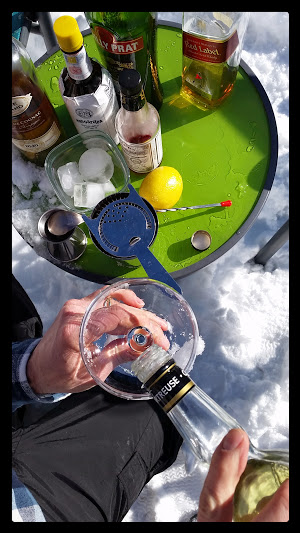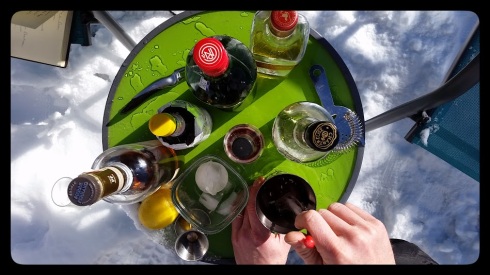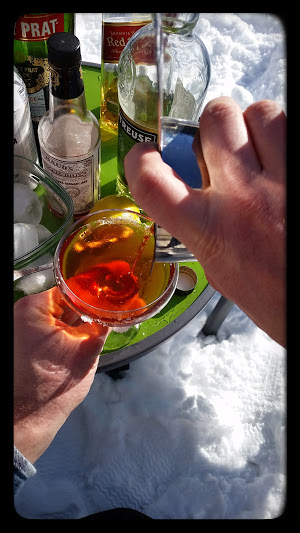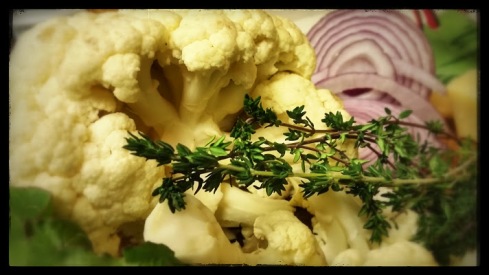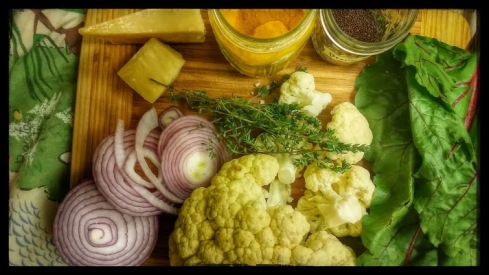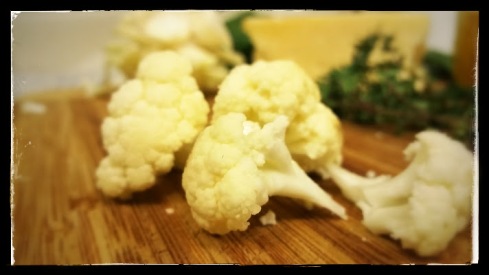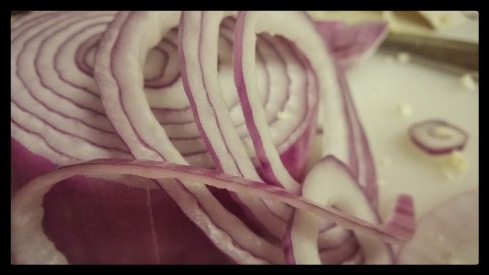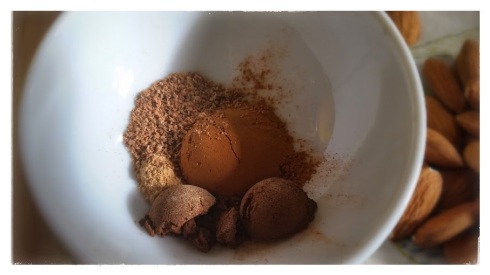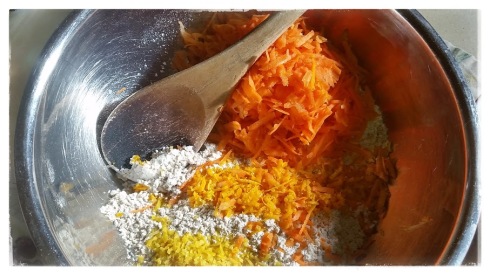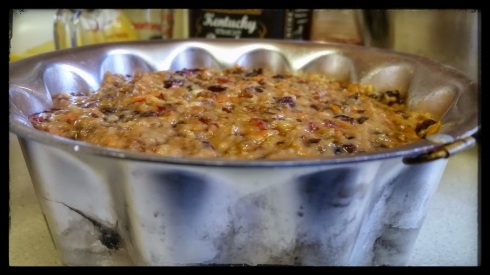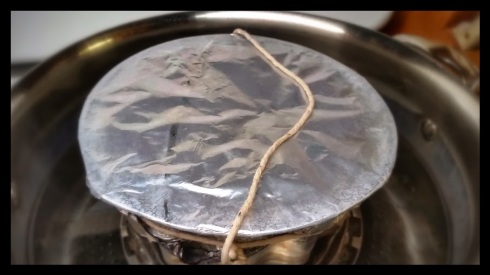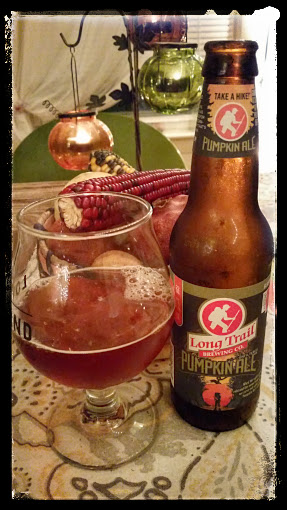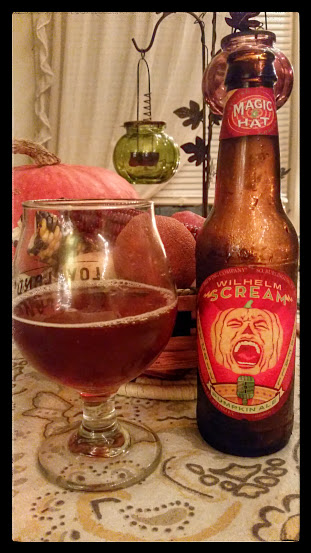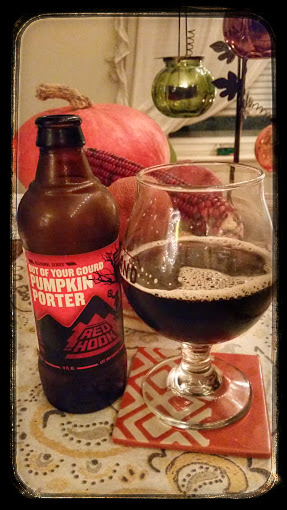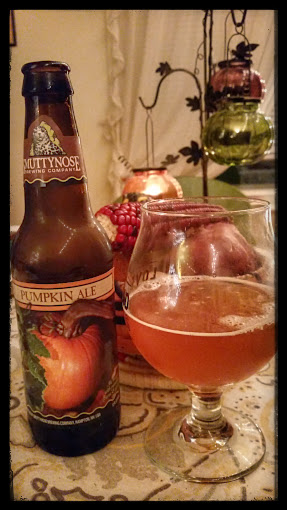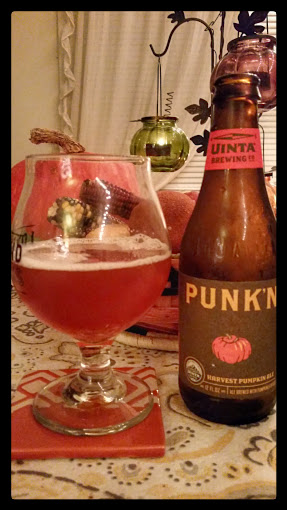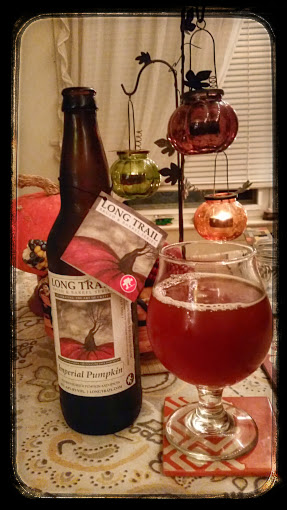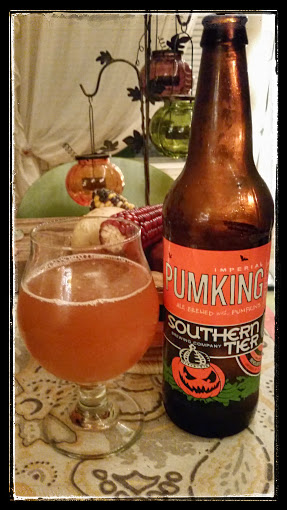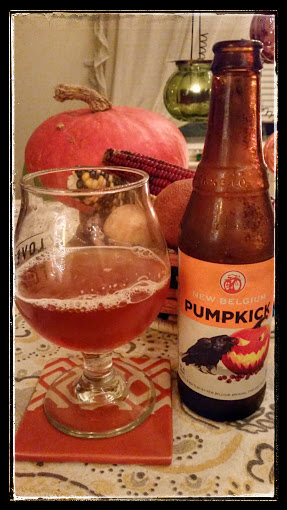This antecedent to the nacho originated in Mexico and has probably been made in one shape or another for hundreds of years. The earliest recipe to appear in the US dates back to 1898, no doubt they were enjoying chilaquiles long before that. This dish was the perfect foil for stale corn tortillas. They were cut up into strips and fried, simmered in a chile sauce until the texture was al dente-ish, and then topped with such things as crema, queso fresco, cilantro, avocado and onions. Regional variations abound from the type of chile sauce, to the end texture of the tortillas, to the garnishes used. For example, in parts of Central Mexico, the chile sauce is poured over the tops of crisped tortillas just before serving. At the other end of the spectrum, in Guadalajara, the tortillas are simmered in the sauce until the pretty much disintegrate making for more of a thick soup. In most occasions, I was offered versions in red and green sauce. However, in some areas of Northwestern Mexico it is quite common to have your chilaquiles topped with a white sauce.
This is Chilaquiles – a nice bridge between the warmth of summer and the cooler days of fall. It is a full flavored, spicy, mid-weight dish. It also happens to be colorful and fresh. It is also pretty much awesome every other time of year as well.
My first experience with this iconic dish was in Jaltenango de la Paz, a small town in the southwestern part of Chiapas. It was a simmered in a red sauce garnishes included sliced radishes and arrachera (flank steak), as well as the usual suspects. I particularly liked the queso, very fresh and delicate cheese. I’ll admit that given all of the hype leading up to this, the chilaquiles were kind of underwhelming – soggy, saucy tortilla strips. I realize now that that was intentional and is quite common, if not a defining characteristic of the dish. I craved a bit of crunch. The chile sauce had some heat, but was sort of one dimensional. I don’t know. In hindsight, I want to say that I was too hard on it, but whatever. I had another version at the hotel in San Cristobal. The tortillas were a bit crisper, which I preferred. No radishes or arrachera, but it did have avocado and chorizo. It was good, but my expectations were lower this time around, as well. It came from the hotel after all, not that there’s anything wrong with that.
I still felt I was missing out on the experience I was promised. Or perhaps the appeal was just lost on me.
In Mexico City, at the airport of all places, I gave it third try. The flank steak was really nicely cooked and flavorful. The tortillas were crisper yet still coated with chile sauce. The toppings were really nice. I could eat it with a fork or still with my hands. I really liked it. So maybe there was something to this chilaquiles thing after all.
Now to make my own! I didn’t want to go the stale tortilla route. I wanted some crisp action and but also some of the simmer action. So *gasp* I used tortilla chips. Sauce-wise, I went red. I definitely needed crema, cilantro, and queso fresco. I also liked the fresh radishes and red onion. So there.
I’m not laying any claims to this being the most authentic version of chilaquiles ever. It takes what I experienced in Mexico and alters it to my preferences. I’m sure versions like mine exist out in the world and if I were to have had one of those, it would have totally lived up to the hype.
Chilaquiles
4 Dried Ancho Chiles (Or 2 Ancho and 2 Guajillo Chiles)
3 Cloves Garlic
2 Fresh Serrano Chiles, stemmed and seeded
28 oz Tomatoes, quartered with juices (Canned are fine)
1 Medium Yellow Onion
1/2 a Bunch of Fresh Cilantro, tough stems removed and roughly chopped (about 1 cup loosely packed)
1 Tbls Salt, Kosher
1/4 Cup Cooking Oil (I used Peanut Oil)
1 tsp Sugar
Tortilla Chips
Plus garnishes:
Chopped Cilantro
Sliced Radish
Crema (Or Creme Fraiche or lightly thinned Sour Cream)
Queso Fresco
Sliced Red Onion
Avocado
Chorizo
Egg
Etc.
First stem and seed the dried chiles saving 2 teaspoons of the seeds. Then slice the chiles in half lengthwise. (You’re going to need some boiling water here in a minute, about four cups worth.) Heat a cast iron skillet over medium. When it is hot, add the chiles, a few pieces at a time, pressing them flat onto the pan until aromatic then flip and repeat. About 20 seconds or so per side. Transfer the chiles to a bowl and pour boiling water over them to cover. Let steep for at least 15 minutes. While they are steeping, toast the reserved seeds in a dry pan until very dark, but not quite burnt.
In the bowl of your food processor, add the garlic, serrano chiles, tomatoes, onion, cilantro, salt, toasted chile seeds, and a 1/2 cup of the chile soaking water. Puree until smooth adding additional soaking liquid if it seems dry. Press the puree through a medium coarse mesh sieve into a bowl.
In a pot with deep sides, heat the oil over medium until it shimmers. Put on an apron and prepare to make a mess. Add the puree to the pan. Reduce it down, stirring frequently until it is thickened. About 10 minutes. Add 2 cups of chile soaking liquid to the pot. Reduce heat and simmer, partially covered, for 20 minutes.
Stir in a teaspoon of sugar and season with salt to taste. Add the tortilla chips, gently stir to coat them with the sauce. Simmer another few minutes. Spoon the chips out onto a plate and garnish.

